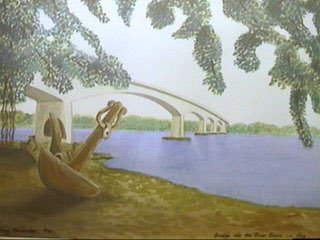
 RELEASE of NEW CD
RELEASE of NEW CD
 RELEASE of NEW CD
RELEASE of NEW CD
Edna's Pickles is a Canadian business based in Mississauga, Ontario, that makes a line of Indian chutneys and relishes.We also sell two recipe books that are collections of tried and tested recipes which are the result of over 30 years of cooking for family and friends
Edna’s Pickles only sells through fairs, festivals, trade shows and exhibitions. Please see our show dates and visit us at our next event. They are not available in stores, but can be ordered online.
Indian pickle is like a relish or chutney. It is a combination of fruits or vegetables with a special blend of spices, sugar and vinegar. In India, there are many varieties of pickle and each family makes their own version. Flavour, texture and ingredients can vary from pickle to pickle.
Edna’s Pickles are an unique blend of spices that lend a perfect taste and texture to our line of relishes of mango, eggplant, gherkin, carrot, lime, turnip and pumpkin flavours.
Indian relishes and chutneys are traditionally served with rice and are used to add flavour to a meal. A spicy pickle accents a mild curry and a sweet pickle complements a spicy curry. Today, pickles can accompany everything - rice, noodles, barbecued fish, grilled chicken and meats, roast beef and cold-cut sandwiches to enhance the taste. They can also be used as a dip with tortilla chips or bread, samosas, on hamburgers, hot dogs and even with goat cheese.
We also sell two recipe books that are collections of tried and tested recipes which are the result of over 30 years of cooking for family and friends.
ELEVEN VARIETIES
Super Spicy Mango
Mild Mango
Hot Eggplant
Crunchy Gherkins
Mango & Gherkin Mix
Savoury Carrots
Tangy Lime
Sweet Lime
Sweet Mango Mash

 Simple, rustic life
Simple, rustic lifePainting+of+Zuari+Bridge.jpg)
